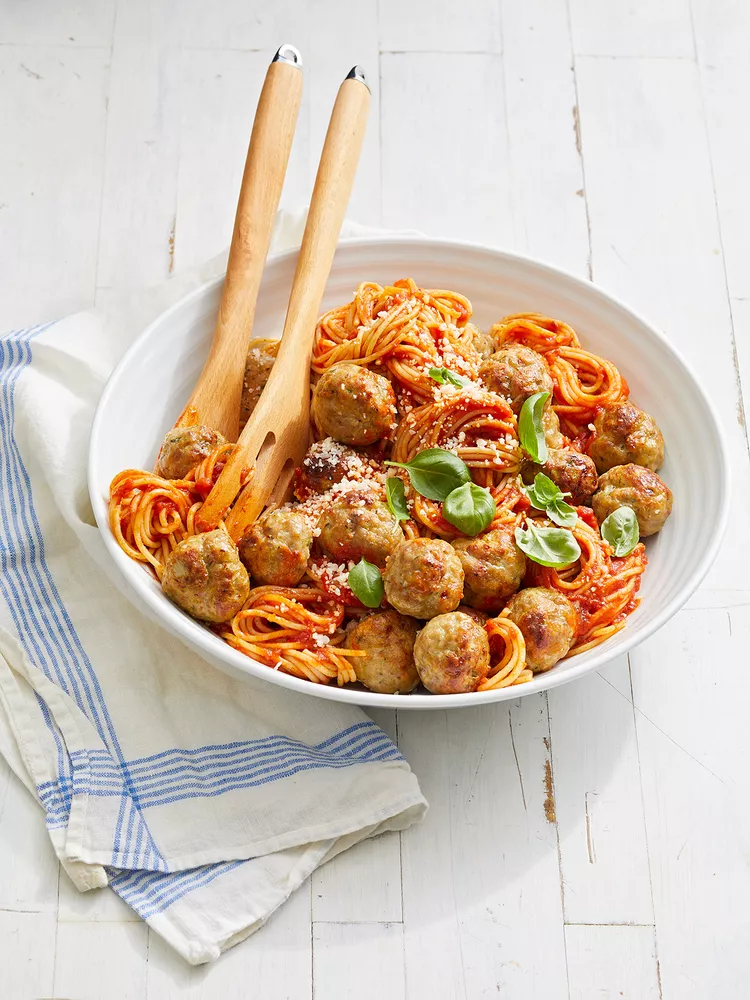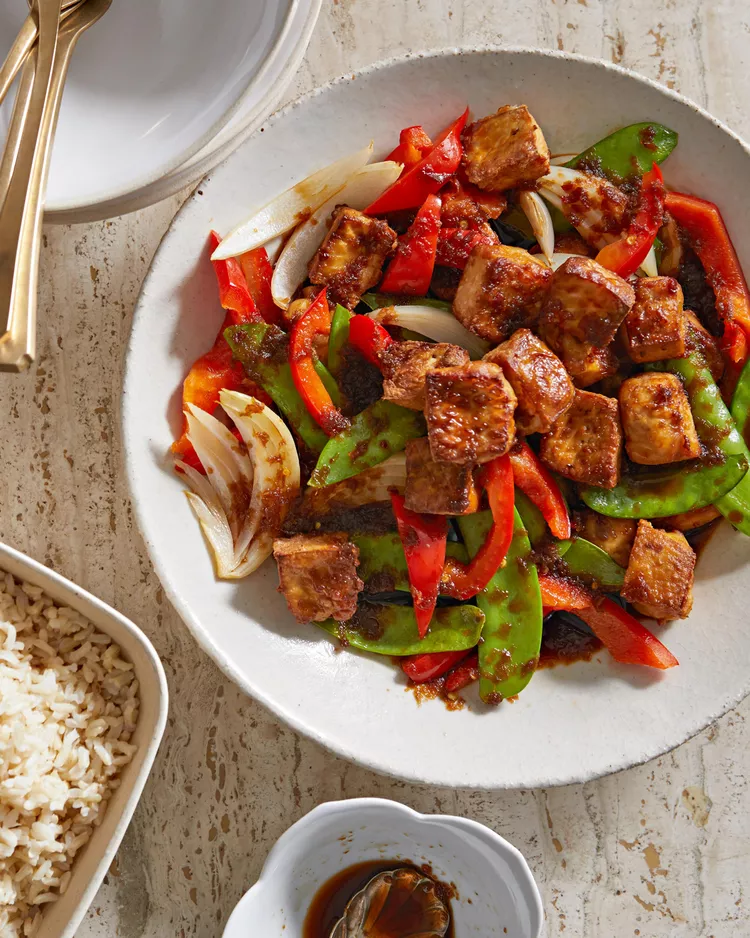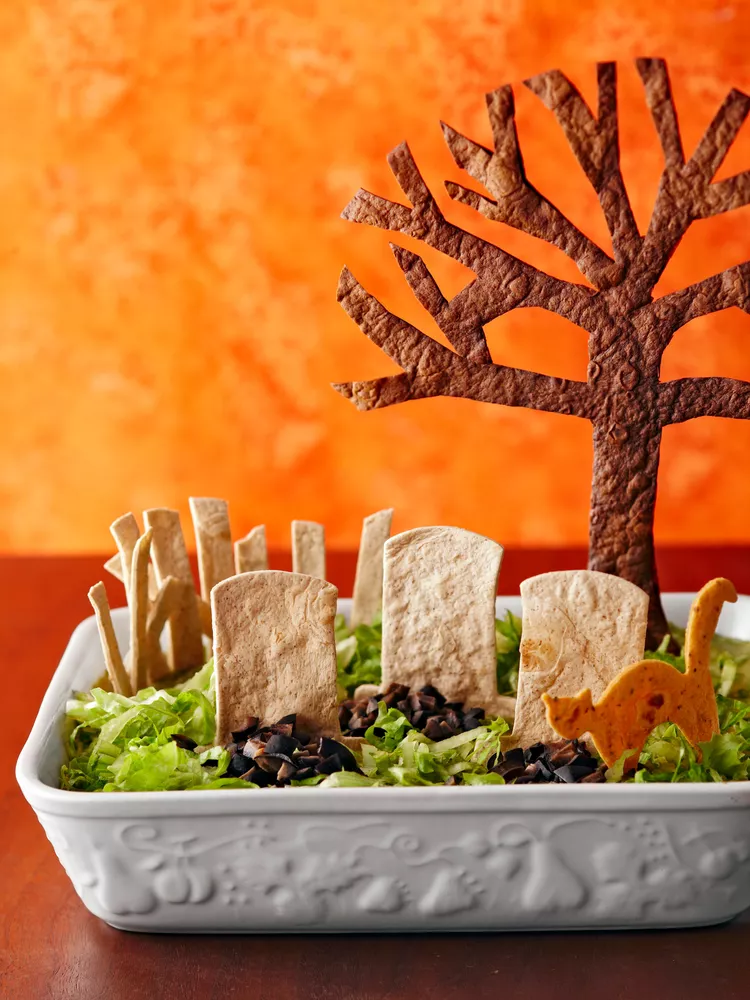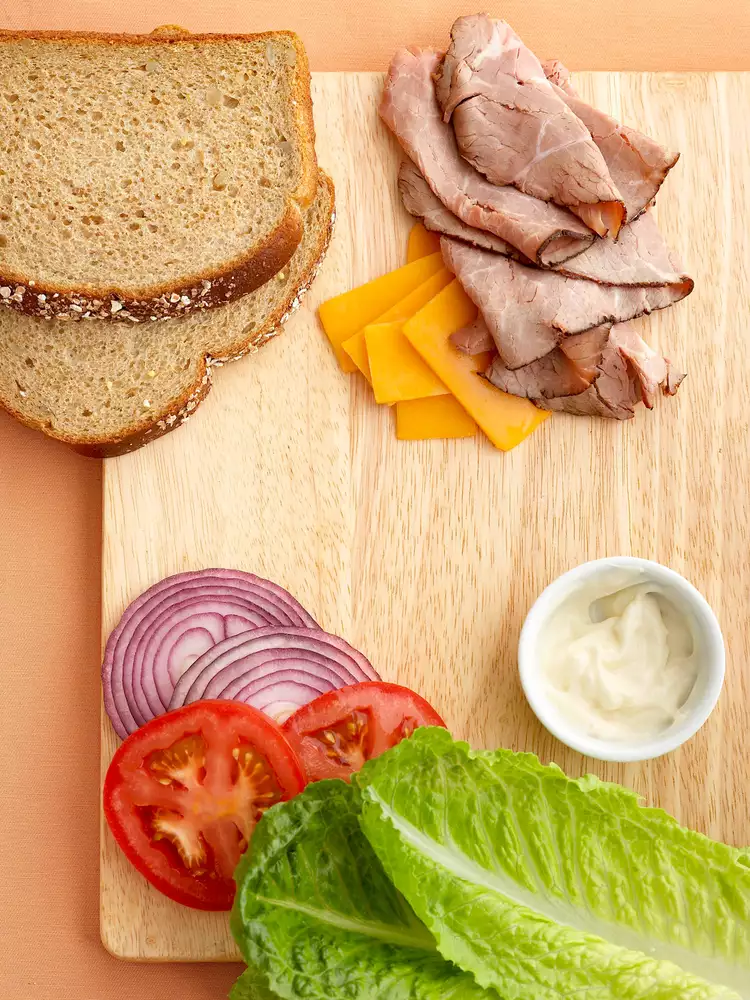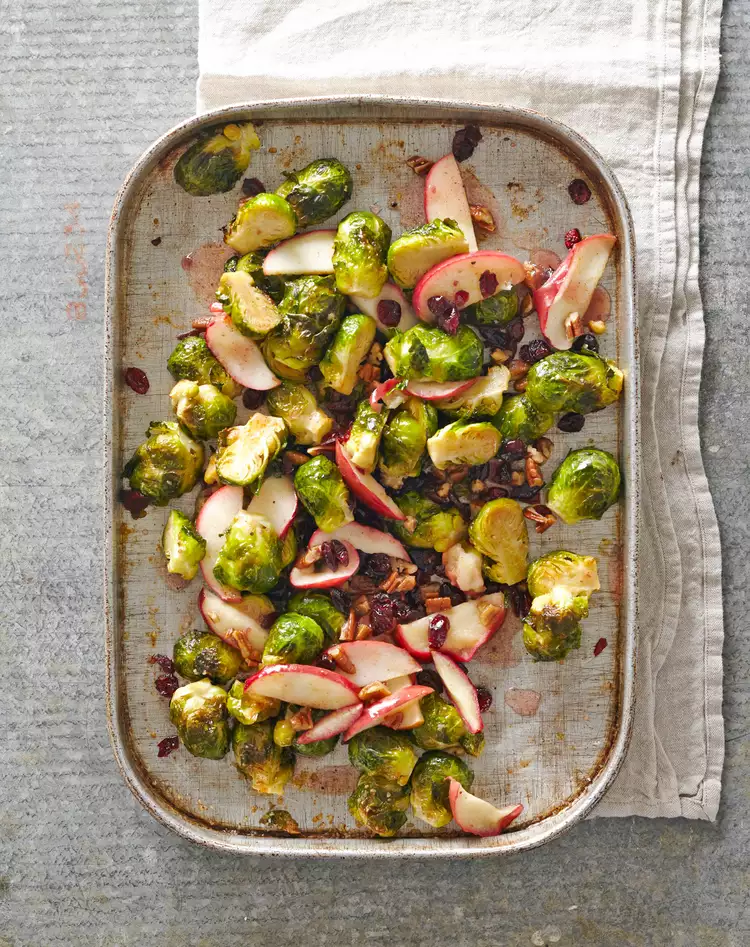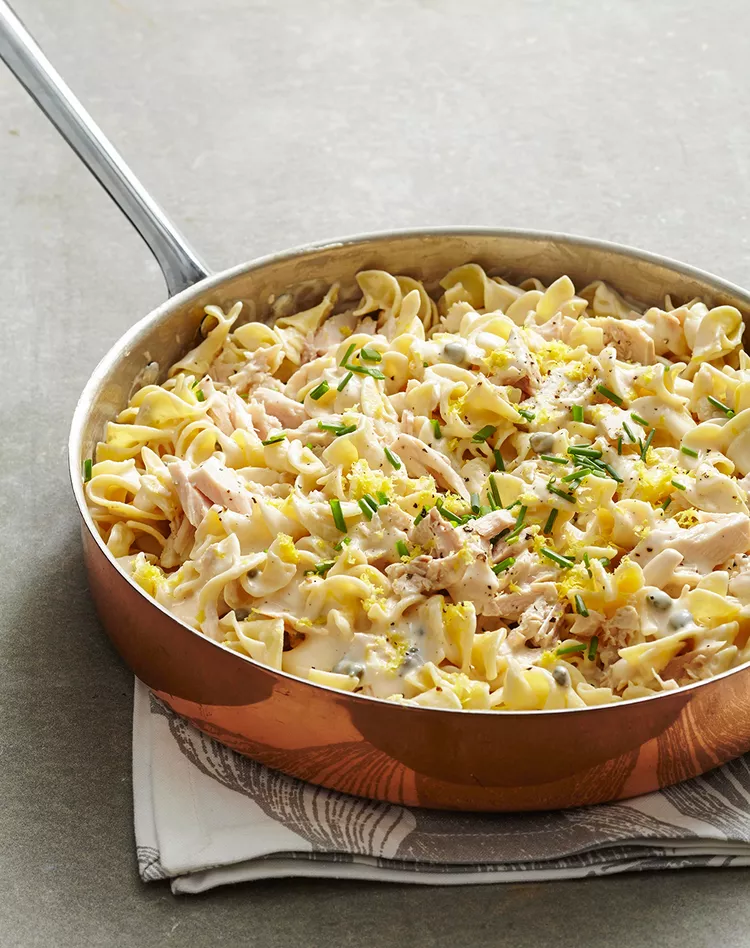Did you know that citrus fruits are among the few fruits in season during the winter? Not too long ago, the joys of taste-testing some unique citrus fruits was limited to the coldest season, but now we can enjoy many citrus fruits (and their many benefits) all year long. One delicious type of orange that you may not be familiar with is the cara cara orange. A relatively new kid on the block, the cara cara is not only beautiful, but it also has a flavor profile that might just make it your new favorite citrus.
What are cara cara oranges?
Originally discovered in Venezuela in the 1970s, cara cara oranges, or Citrus sinensis (their scientific name), are also known as red-fleshed navel oranges. A relative of the blood orange, they are a cross between the Brazilian Bahia navel orange and the Washington navel orange. In the United States, they primarily grow in California during the winter months.
While their bright, orange exterior may lead you to believe that you’re peeling into a navel orange, what you find inside may shock you. The flesh of the cara cara orange is a beautiful, deep pink-red color with subtle notes of orange, reminiscent of a cross between a grapefruit and a blood orange. Plus, if the color doesn’t wow you, the flavor certainly will. These oranges combine the most irresistible sweet, tangy flavor with so little acidity that you may forget momentarily that you’re eating a citrus fruit. Many even report tasting berry notes when enjoying the cara cara.
Are cara caras good for you?
As if the flavor and appearance of the cara cara orange weren't enough, these little rays of sunshine are loaded with nutrition. Every cara cara will provide heaps of vitamin C, vitamin A, fiber, potassium, and antioxidants, including lycopene—responsible for the orange's vibrant color. The other nutrients in this gorgeous orange will help boost your immune system, maintain healthy eyesight, regulate your digestion, and keep a healthy fluid balance.
Delicious Ways to Try Cara Cara Oranges
With all this enticing information about the cara cara, you may be itching to give them a try. Here are some super tasty ways to incorporate them into your daily routine:
- Peel and eat them just as is, or hand juice them for the perfect pick-me-up—in the morning or as an afternoon snack.
- Slice them and add to oatmeal or yogurt, or use them as pancake toppings in the morning.
- Create a healthy twist on the Orange Julius with a smoothie featuring cara caras.
- Use them as a crowd-pleasing topper for a hearty winter salad with pomegranate, kale, fennel, and walnuts.
- Zest and juice this bright citrus to make a delicious vinaigrette for salads and roasted vegetables or a marinade for meat, poultry, fish, or tofu.
- From jazzed-up cranberry sauce to a deliciously savory demi-glace for a fancy meal, cara cara oranges can add the perfect zest and sweetness to almost any sauce.
- Spice up your weekend get-together with a cara cara orange cocktail—your guests will be so impressed.
- Give your old cranberry orange muffin recipe a tune-up by subbing in cara cara for the classic navel orange. They also pair well in cookie, cake, and ice cream recipes.
Regardless of the weather outside, you can create brightness in the kitchen by experimenting with cara cara oranges. With their brilliant color, sweet flavor, and impressive nutrition profile, you and your family will fall in love with them.
Frequently Asked Questions
-
When are cara cara oranges available?
Cara caras have a shorter season than other citrus fruits, available only from December through April. You can find them in grocery stores and at farmer's markets during those months.
-
How do I choose the best available cara cara oranges?
Look for firm, heavy fruits with shiny skin. If the fruit has wrinkles or soft spots or doesn't smell good, don't buy it.
-
What's the best way to store cara cara oranges?
Store them in a cool spot on the counter for up to four days, or in the fridge for two weeks. You'll get the best flavor from cara caras if you let them come to room temperature before eating.


